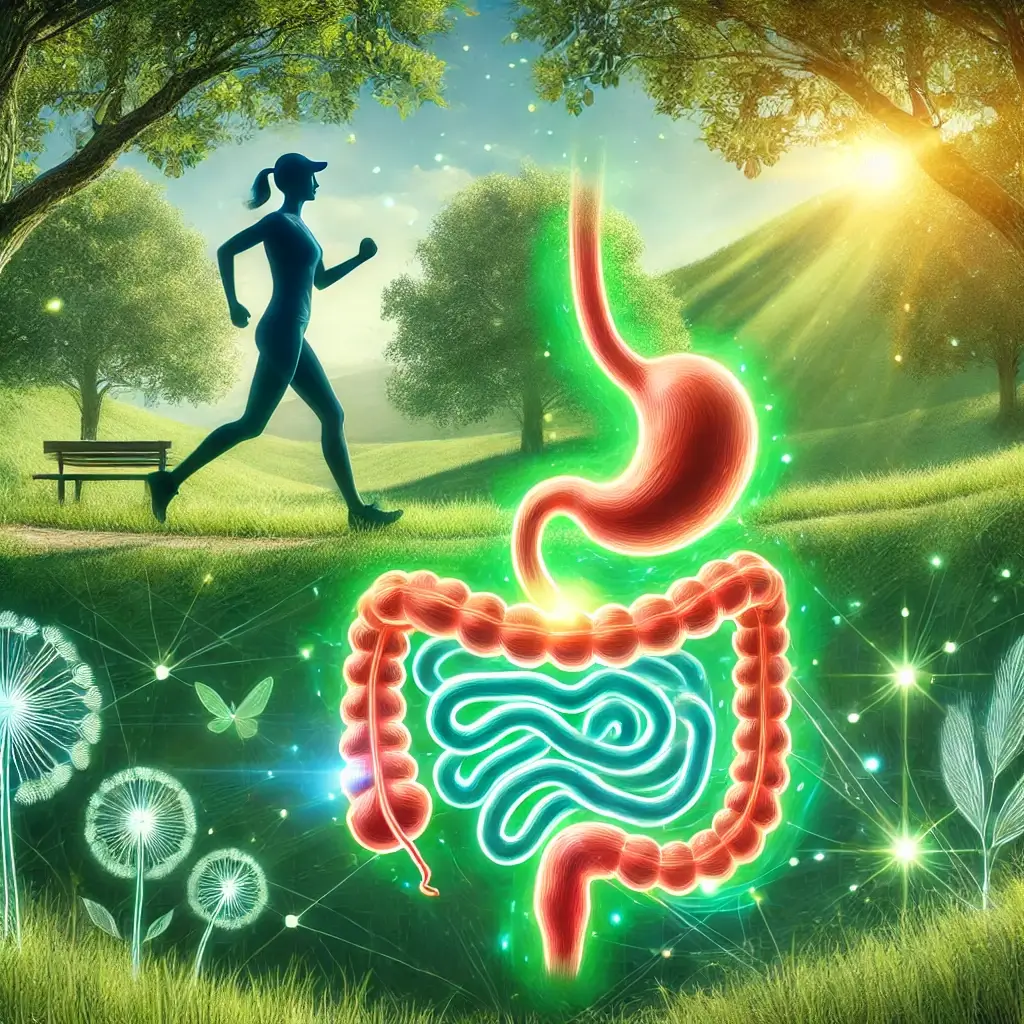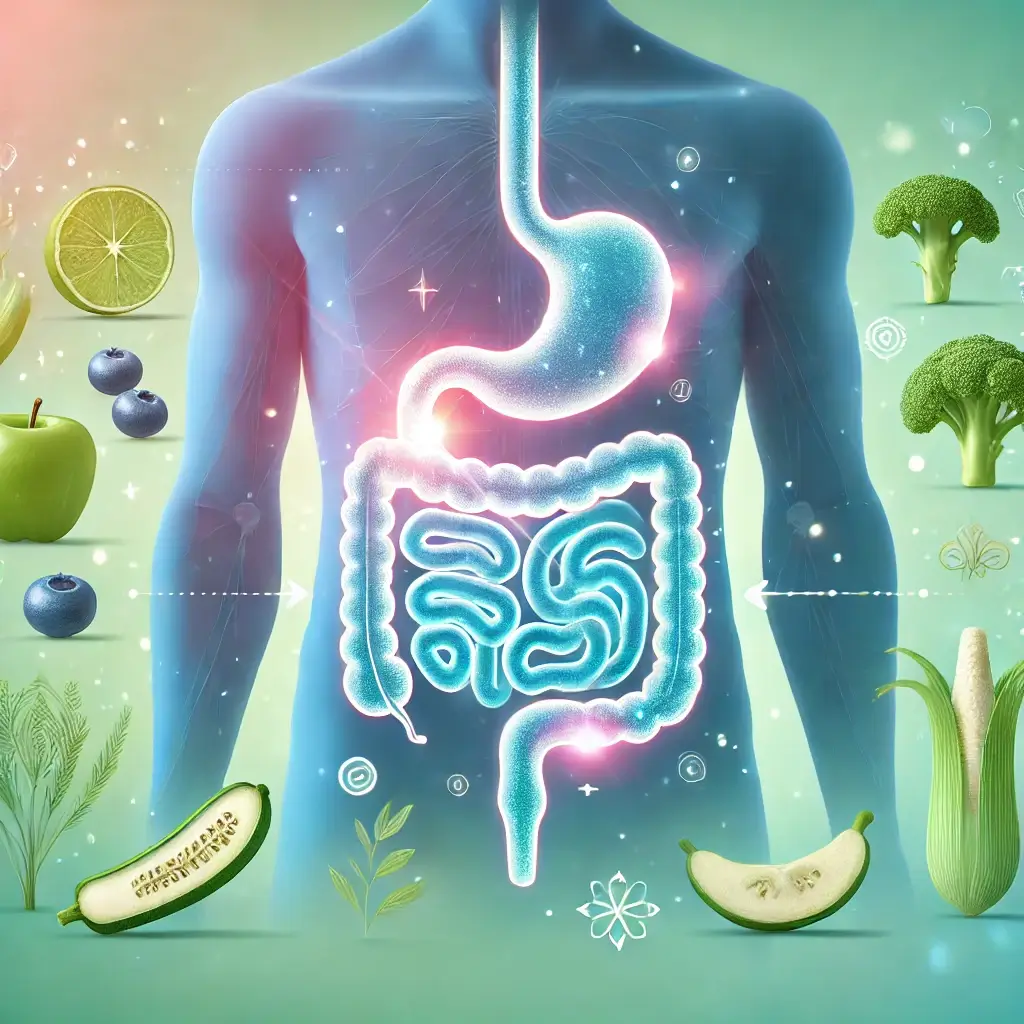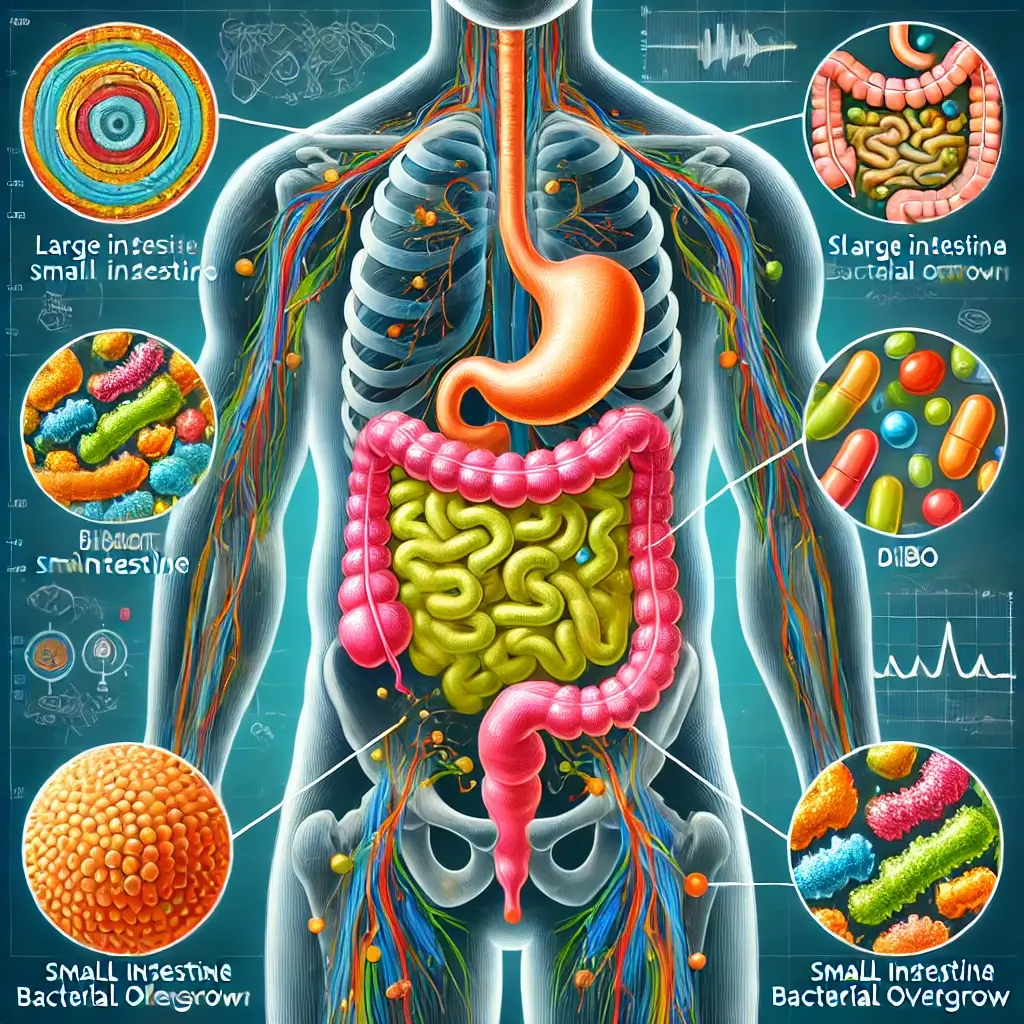The Science Behind Exercise: Your Digestive System’s Secret Weapon for Better Health
Understanding Exercise’s Impact on Digestive Health
When we think about exercise, images of improved strength, weight loss, or better cardiovascular health may come to mind. But did you know that regular physical activity is also a powerful tool for maintaining digestive health? Many people struggle with issues like bloating, constipation, or sluggish digestion and often turn to dietary changes or medications for relief. While these approaches are important, exercise offers a natural, science-backed solution that addresses the root of many digestive concerns.
The Profound Connection Between Movement and Digestion
The relationship between physical activity and the digestive system is both fascinating and profound. Exercise promotes gut motility, improves nutrient absorption, and helps maintain a balanced microbiome. These benefits extend beyond physical health, as a well-functioning digestive system contributes to better mood, energy levels, and immune function.
Exercise and Digestion: A Scientific Overview
This article will explore the intricate connection between exercise and digestion, featuring key scientific findings, the best types of physical activity for digestive health, and practical tips for incorporating movement into your lifestyle. By the end, you’ll understand why movement isn’t just for muscles—it’s essential for a happy gut.
Understanding Exercise’s Digestive Benefits
One of the most immediate benefits of exercise is its ability to enhance gut motility, or the movement of food through the digestive tract. Regular physical activity strengthens the smooth muscles of the intestines, ensuring food and waste pass efficiently. A landmark study in Alimentary Pharmacology & Therapeutics (2016) found that moderate walking significantly alleviated constipation symptoms in adults, highlighting the importance of daily movement.
Circulation and Digestive Health
During exercise, blood flow increases throughout the body, including the digestive organs. This enhanced circulation aids in nutrient absorption and waste elimination. A 2018 review in Sports Medicine noted that exercise improves intestinal blood flow, particularly during aerobic activities, contributing to healthier digestion.
Exercise’s Impact on Gut Microbiome
The gut microbiome—a community of trillions of microorganisms—thrives on regular movement. Exercise has been shown to increase the diversity of beneficial gut bacteria, which supports digestion, reduces inflammation, and strengthens the immune system. A study published in Gut Microbes (2020) found that active individuals had a greater abundance of bacteria associated with anti-inflammatory properties compared to sedentary counterparts.
Hormonal Regulation Through Exercise
Exercise also influences the hormones involved in digestion, such as ghrelin and peptide YY, which control hunger and satiety. A 2022 study in the Journal of Endocrinology demonstrated that moderate physical activity helps balance these hormones, aiding digestion and preventing overeating—a common contributor to digestive discomfort.
Optimal Exercises for Digestive Wellness
Gentle forms of exercise, like walking or yoga, are particularly effective for stimulating gut motility. Yoga poses such as seated twists or forward folds directly target the abdominal area, helping to relieve bloating and discomfort. A 2019 study in Digestive Diseases and Sciences reported significant improvements in IBS symptoms among participants practicing yoga regularly.
Cardiovascular Exercise Benefits
Activities like jogging, cycling, or swimming not only boost overall fitness but also enhance blood flow to the digestive system. A 2020 study in Medicine & Science in Sports & Exercise found that aerobic exercise reduces gastrointestinal transit time, allowing food to pass through the digestive tract more efficiently.
Core Strength and Digestion
Planks, Pilates, and similar exercises targeting the abdominal muscles improve posture and provide mechanical support for digestion. Engaging the core muscles helps reduce pressure on the digestive organs and aids in efficient bowel movements.
Building an Exercise Routine for Digestive Health
If you’re new to exercise, begin with 10–15 minutes of light activity, such as walking after meals, and gradually increase duration and intensity. Find exercises you genuinely enjoy to ensure consistency. Whether it’s dancing, hiking, or a group yoga class, enjoyment is key to maintaining a routine. Incorporate a combination of low-impact activities, aerobic workouts, and strength training for comprehensive digestive benefits.
Latest Research in Exercise and Digestion
As science advances, researchers continue to uncover new ways exercise impacts gut health. For example, a 2021 study in Frontiers in Nutrition highlighted that even low-to-moderate physical activity levels are sufficient to improve gut microbial diversity in most individuals. Additionally, recent findings in Nature Reviews Gastroenterology & Hepatology (2023) suggest that tailored exercise programs can reduce inflammation in conditions like Crohn’s disease and ulcerative colitis.
Personalized Exercise Approaches
Another emerging trend is the integration of personalized fitness plans for individuals with chronic digestive disorders. Such plans aim to maximize gut health benefits while addressing specific limitations, making exercise accessible and effective for a wider population.
Embracing Exercise for Digestive Wellness
Exercise is more than just a tool for physical fitness—it’s a vital component of digestive wellness. By promoting gut motility, improving circulation, balancing hormones, and supporting a diverse microbiome, regular physical activity provides a natural, multi-pronged approach to better digestion.
References
Ghorbani-Zadeh, E., et al. (2016). Moderate-intensity walking and constipation relief. Alimentary Pharmacology & Therapeutics.
Larsen, F. J., et al. (2018). Exercise and intestinal blood flow regulation. Sports Medicine.
Liu, S., et al. (2020). Exercise-induced microbiome diversity. Gut Microbes.
Kim, Y., et al. (2019). Yoga’s impact on IBS symptoms. Digestive Diseases and Sciences.
Cox, A. J., et al. (2021). Microbiome and exercise research. Frontiers in Nutrition.
Patel, P., et al. (2020). Post-meal exercise and gut motility. Medicine & Science in Sports & Exercise.
Sharma, R., et al. (2022). Exercise and appetite-regulating hormones. Journal of Endocrinology.
Jones, A., et al. (2023). Exercise and gut inflammation. Nature Reviews Gastroenterology & Hepatology.













